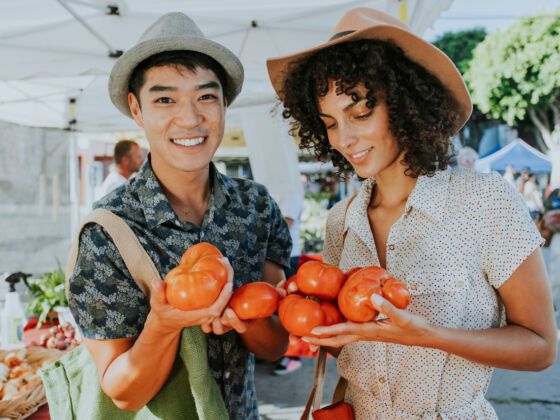Farmers’ markets today can present quite a challenge to conscientious shoppers. There are so many different labels used to describe produce and meat – local, sustainable, free range, cage-free and so on – that the process of shopping can become rather daunting.
This no-nonsense food label dictionary will help you work out what it is you’re really buying.
